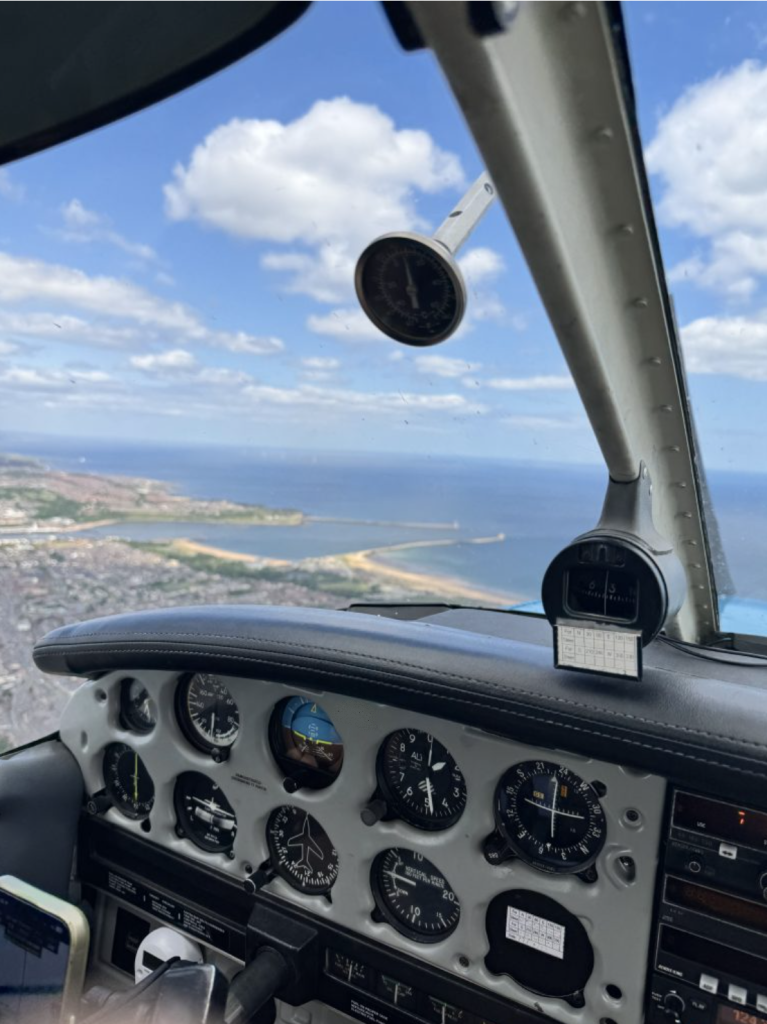
In an age where digital avionics, moving maps, and GNSS (Global Navigation Satellite Systems) have become ubiquitous in General Aviation (GA), it’s tempting to take GPS for granted.
For many private pilots, cross-country flying now involves little more than programming a route into a GPS unit or app and following the magenta line. But what happens when that line disappears?
Over the past few years, the world has seen a marked rise in GPS jamming and spoofing events, particularly in regions near military training areas and strategic infrastructure. While this trend might initially sound like a nuisance for commercial or military operators, it’s something that every GA pilot should treat as a serious threat, not just to convenience, but to safety.
The Reality of GPS Denial in the UK
GPS denial takes two main forms: jamming, which blocks or interferes with satellite signals, and spoofing, where false signals are broadcast to mislead receivers. In the UK, such interference has been increasingly recorded around areas like Salisbury Plain, The Wash, the Scottish Highlands, and the North Sea—areas that often intersect popular GA routes.
While NOTAMs may occasionally warn of jamming exercises, these are not always well-publicised or easily interpreted by the average GA pilot, and their coverage can extend far beyond expected zones. Additionally, there’s growing concern about unintentional interference from consumer devices, illegal jammers, and hostile state actors.
GPS is a passive system, aircraft receive signals but don’t transmit—so there’s no warning when it fails. No buzzing alarms. No flickering screens. You might just notice your aircraft is now flying over an unexpected landmark, and your ‘current position’ is now… nowhere.
Why GA Is Particularly Vulnerable
Unlike commercial operators who often fly with inertial reference systems, dual GNSS receivers, or access to air traffic navigational support, the average GA pilot might be relying entirely on:
- A single GNSS unit (perhaps embedded in a tablet)
- A moving map application like SkyDemon, ForeFlight, or Garmin Pilot
- Minimal recent practice with DR (Dead Reckoning) or VFR chart-based navigation
The combination of these factors makes GA particularly susceptible to spatial disorientation, airspace infringements, and navigational error in the event of GPS loss. This is especially true in marginal visibility, poor weather, or near controlled airspace boundaries.
A Call to Return to Core Navigation Skills
Aviation, at its heart, is a discipline of redundancy and preparation. That’s why we check alternate aerodromes, carry spare fuel, and keep paper charts in our flight bags (don’t we?). But how often do we truly practice fallback navigation techniques?
Pilots should regularly test themselves on:
- Dead reckoning: Estimating position based on heading, time, and ground speed
- Map reading: Interpreting visual features and correlating them with a VFR chart
- Timed legs: Using accurate clocking to confirm position between turning points
- Diversion planning: Rapidly selecting and flying to an alternate route or aerodrome
Flying a short route with the GPS intentionally turned off, or covered, can be an excellent refresher. Club fly-outs or training days can incorporate this as a challenge or exercise.
Regulatory and Instructional Support
There is growing recognition in the UK CAA and EASA communities that over-reliance on GPS has degraded essential pilotage and navigation skills. Instructors and examiners should take the initiative to:
- Simulate GPS failure during PPL and post-qualification training flights
- Emphasise traditional navigation skills during biennial flight reviews
- Encourage electronic device discipline—i.e., flying with it turned off during sections of a flight
Conclusion: Prepare for When, Not If
GPS is one of the greatest advancements in modern aviation, but it is not invulnerable. As reliance increases, so too does the consequence of its absence. For GA pilots flying in a congested, complex airspace like the UK’s, complacency can lead to disorientation or infringement in minutes.
Treat backup navigation not as an emergency procedure, but as a core competency. If we train as though GPS will fail, we ensure our safety and self-sufficiency when—not if—it does.
Author’s note:
If you’re a GA pilot, challenge yourself this month. Plan and fly a short route entirely using dead reckoning and visual fixes. No GPS, no moving map. You might rediscover both the challenge and satisfaction that comes from truly navigating by air
